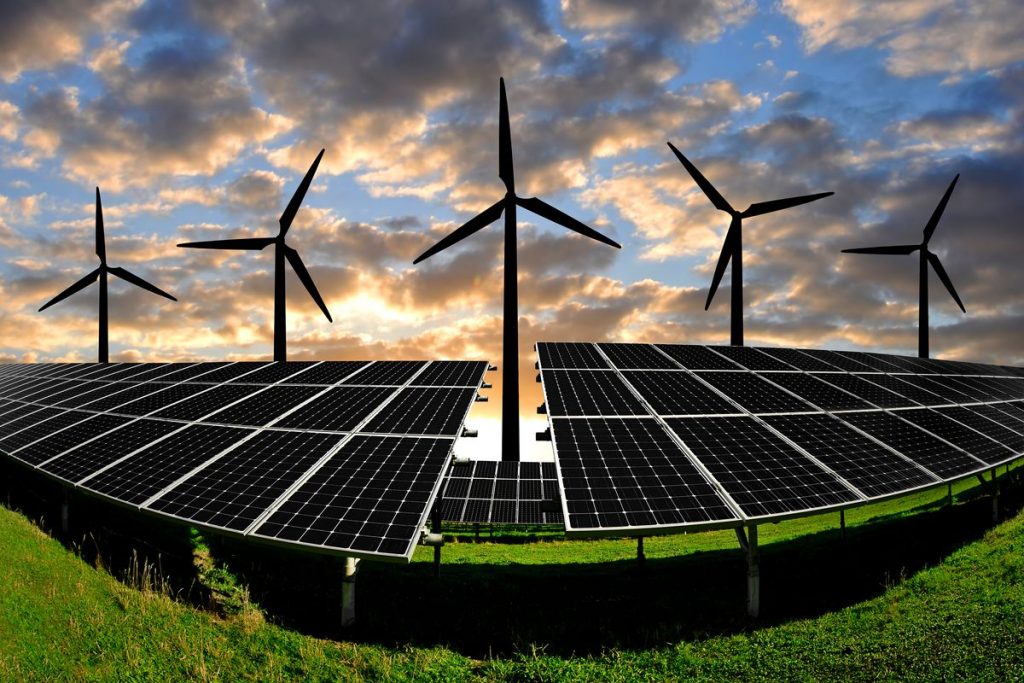Odisha is known for coal. It is the second biggest coal-producing state, and by 2030, it will be the country’s top coal-producing state. So naturally, Odisha’s electricity production is heavily reliant on coal. Presently, more than 90% of electricity comes from coal-based power plants; renewable energy (RE) sources like solar, wind, and biomass play a minimal role.
In 2016, Odisha announced a policy to promote RE in the state. The policy had a modest target of installing 2,750 megawatts (MW) of RE capacity by 2022. But, as of March, 2022, only 617 MW has been installed, which is less than 25% of the target. In comparison, during 2016-2022, the country’s RE capacity more than doubled from 46,580 MW to 109,885 MW. Today, Odisha’s share in the country’s RE capacity is just 0.55%.
But due to low RE installation, Odisha has to buy renewable power from other states to meet its mandatory renewable purchase obligations (RPOs). RPOs are an essential policy tool introduced by the central government to increase the installation of RE in the country. Under this, all states are required to meet a minimum amount of their electricity requirement through RE. Odisha’s RPO target for 2022-23 stands at 14.5%, which is set to increase to 43.33% by 2029-30. So, in 2029-30, close to 45% of electricity demand in Odisha has to be met from renewable sources. Now Odisha has a choice: buy RE from states like Rajasthan, Gujarat, and Tamil Nadu or install 30,000 MW of RE in the state to meet its 2029-30 RPO targets and simultaneously build a vibrant clean energy industry. I believe the choice is obvious: Odisha will gain immensely by installing RE within the state.
I say this because Odisha has the opportunity and obligation to promote RE. The opportunity is that the RE sector can support the next phase of green industrialisation in the state, creating new employment opportunities, as well as boosting economic activity and income in rural communities. The obligation is because Odisha has one of the highest carbon dioxide (CO2) emissions per capita. It is also one of the most climate vulnerable states, with extreme weather events like cyclones, heatwaves, floods and droughts taking a significant toll on the lives, livelihoods and the economy every year. The energy transition is, therefore, crucial for the state.
So far, investments in the state’s RE sector have remained tepid due to many institutional and commercial challenges. This needs to be addressed by the government through innovative policy measures and stronger incentives under the new RE policy, which is set to be released this year.
But before we address the policy challenges, removing a misconception that has pulled down RE development in the state is important. The misconception is that the state doesn’t have RE potential. This misconception has been created because of the poor estimation of RE potential by different agencies. For example, till today, a detailed study on the wind energy potential in Odisha, a coastal state, has not been undertaken. The solar potential has also not been estimated based on thumb rules. Our initial estimation is that Odisha’s RE potential is at least five times what is being projected by the Ministry of New and Renewable Energy (MNRE).
Take the example of solar power. According to MNRE, Odisha only has 26,000 MW of solar potential. But this estimate has ignored the significant potential of manmade water bodies (where floating solar power can be installed) and large mining wasteland. We estimate that just on water bodies and mining wasteland, 20,000 MW solar plants can be installed. Large RE capacities can also be installed in urban and rural areas through distributed renewable energy plants like rooftop solar plants. Odisha can also prioritise agro-solar farming, given the significant share of mono-cropped agriculture land and fallow land in the state. This will not only increase the state’s RE capacity, it will also enhance income levels for the rural poor. So, low RE potential in Odisha is a myth that needs to be discarded.
As far as policy challenges are concerned, there are many. The foremost is streamlining and building the state’s institutional capacity for RE promotion and adoption. Presently, Orissa Renewable Energy Development Agency, Engineer-in-Chief and Green Energy Development Corporation of Odisha Ltd. have been made nodal agencies for different RE technologies, which often leads to confusion and delays at the implementation stage. A single empowered nodal agency at the forefront of RE promotion in Odisha can help fast-track deployment through proactive measures.
The other aspect is to avoid copying the model being implemented in states like Rajasthan and Gujarat, which are installing ultra-mega solar plants on large tracts of land. Instead, Odisha’s new RE policy should focus on developing smaller plants by making farmers and landowners true partners in RE development. Technologies like agri-solar, rooftop solar, floating solar, pumped hydro stations, and green hydrogen should be prioritised. The policy should also focus on supporting and ensuring RE installations by industries with captive power plants, which also have to meet RPO targets.
At a time when the country is steadily cruising along a green technology pathway with clear targets and roadmaps for renewable energy, storage, hydrogen, electric vehicles, Odisha cannot miss the opportunity to build a new clean energy economy. Overall, Odisha should develop the new RE policy for 2022-30 in such a way that it is recognised as a serious destination for RE investments.
The writer is the President and CEO of International Forum for Environment, Sustainability and Technology (iFOREST), a Delhi-based environmental think tank.
